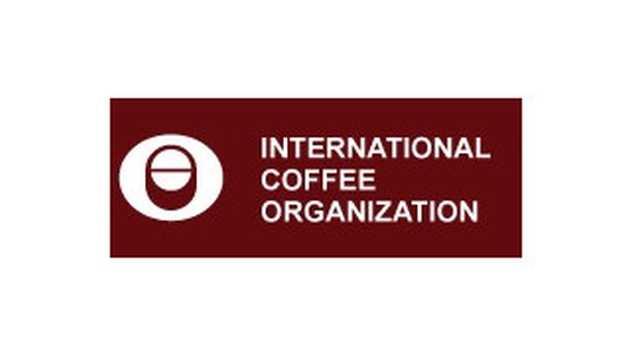Coffee prices continued their decline as speculation over the current 2015/16 Brazilian crop suggests that the market has no immediate supply concerns. Indeed, one major trading house has already forecast a global supply surplus for 2015/16.
The continued weakness of the Brazilian real has put downward pressure on prices, although export volumes did slip slightly in April. Finally, Conab have released their second estimate of production in Brazil for 2015/16, which is forecast to decrease by 2.3% to 44.3 million bags, which is very much at the lower end of the initial range given in January
The ICO composite indicator fell further in May, with the monthly average down 4.3% compared to April to settle on 123.49 cents/lb, the lowest since January 2014. The daily price was relatively stable for the first half of the month, but then fell precipitously from just over 130 cents to a low of 116.99, as supply concerns over the Brazilian crop receded.
The three Arabica groups all saw decreases, with Colombian Milds, Other Milds and Brazilian Naturals down 4.4%, 3.4% and 4.6% respectively. The most significant drop was recorded in Robustas, down 4.9% to 87.56 cents, their lowest level in 18 months.
This decrease in Robusta prices has led to anecdotal reports of stocks accumulating in Vietnam, with sellers reluctant to trade at such low domestic prices. The arbitrage between Arabica and Robusta on the New York and London futures markets narrowed slightly to 57.19 cents, less than half its level of October 2014, but has remained relatively steady for the last three months.
Crop year 2015/16 has now started in several major coffee-producing countries, including Brazil, Indonesia and Peru. The latest estimate from Conab sees production in Brazil down 2.3% to 44.3 million bags. If realised, this volume would be the third consecutive year with lower production levels.
A slight recovery is expected in Arabica production of 1.9% to reach 32.9 million bags. This rise is attributed predominantly to a significant increase of 34% in the coastal region of Zona da Mata due to better precipitation, and more modest growth in Paraná which had been affected by low temperatures the previous year.
Robusta production, on the other hand, is estimated at 11.4 million bags, 13% lower than 2014/15. This was due in large part to the recent drought in the state of Espírito Santo, the largest Robusta producing region.
In Indonesia, production in 2014/15 (April to March) was estimated at 9 million bags, 23% lower than the previous year, which has been attributed to adverse weather conditions in mid-2014.
Exports were significantly lower compared to 2013/14, down to 5.6 million bags from 10.2 million. Furthermore, as domestic consumption in Indonesia continues to increase, export availability has been further reduced.
Looking ahead to 2015/16, early indications are that production in Indonesia could recover somewhat, as long as the weather conditions remain favourable. However, the increasing likelihood of El Niño could cause reduced rainfall over the next few months, which would limit further production growth.
Coffee production in Peru was also negatively affected in 2014/15, down 22% to 3.4 million bags, as the outbreak of coffee leaf rust intensified. Total exports were 40.6% lower year-on-year at just 2.4 million bags. However, the efforts made to combat the disease are expected to lead to a recovery in 2015/16, particularly as the Government continues to implement its renewal programme for coffee.
Overall, in 2014/15, total coffee production is estimated at 141.9 million bags, 3.3% less than 2013/14. Arabica production is estimated 2.8% lower on 84.6 million bags, with Robusta down 4.1% on 57.2 million.
An increase is expected in Colombian Milds of 3.9%, with Other Milds also up by 0.9%, but this is outweighed by the decrease in Brazilian Naturals of 7%. It is too early to give a comprehensive estimate for 2015/16, but we are confident that the current crop year 2014/15 will end in significant deficit of at least 8 million bags.
Download the full Market Report in PDF format at this link.










